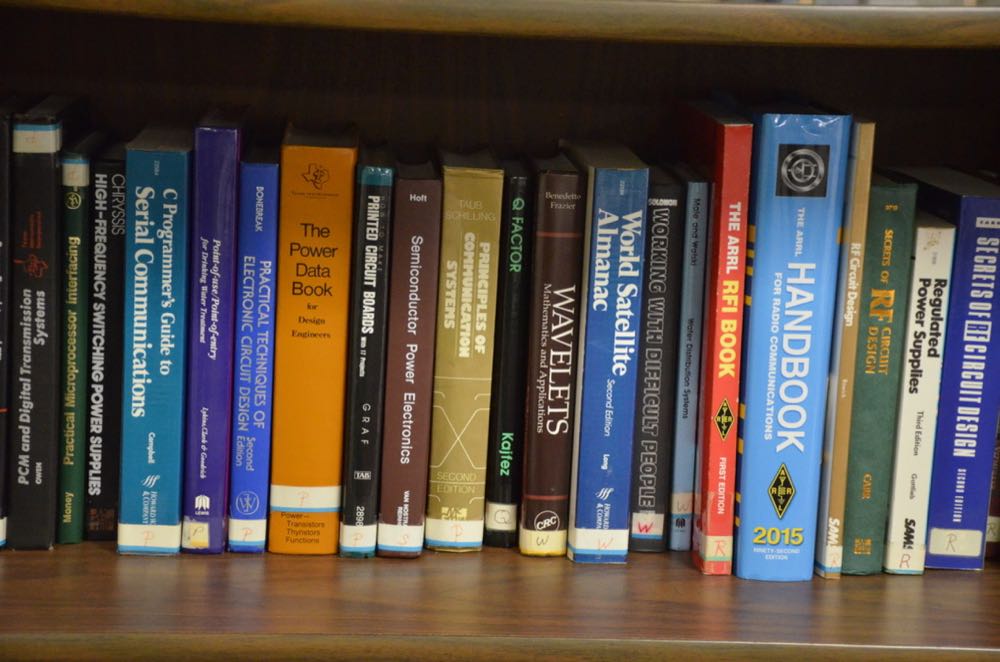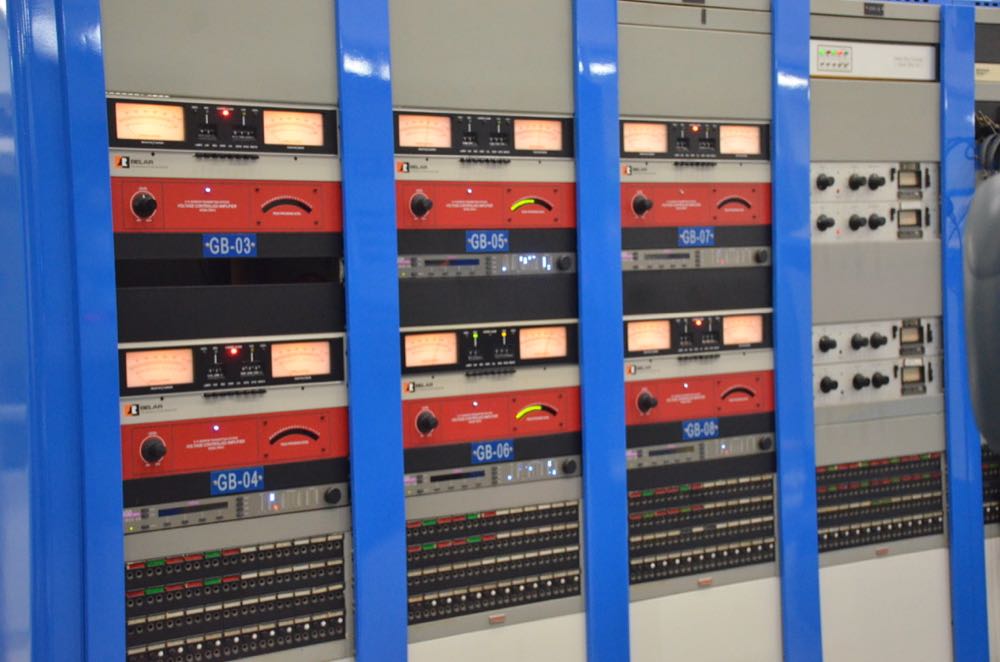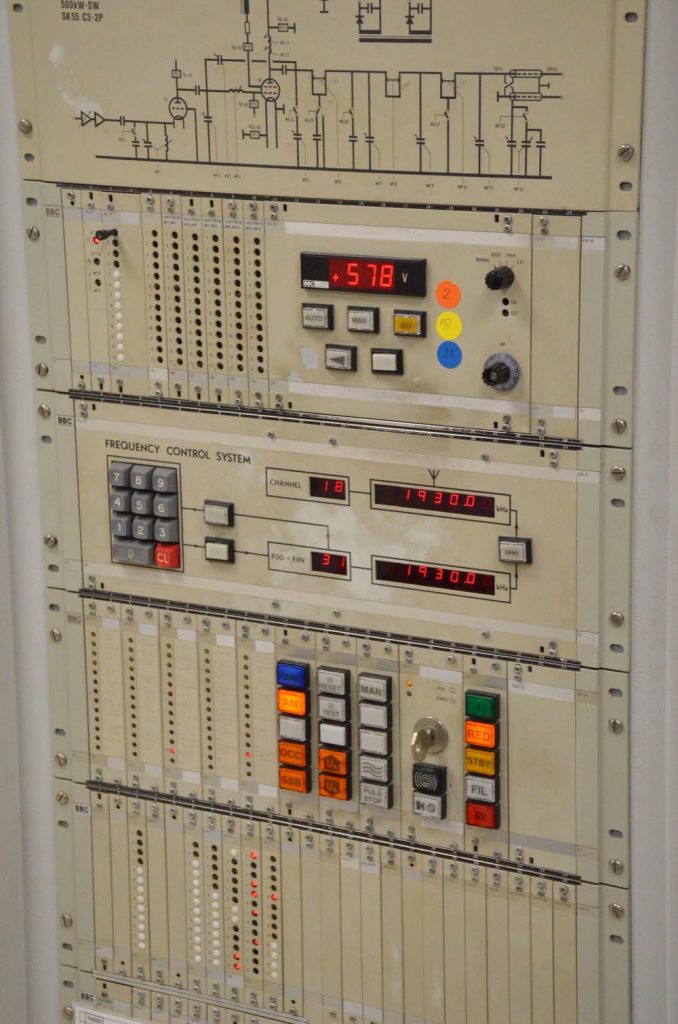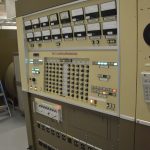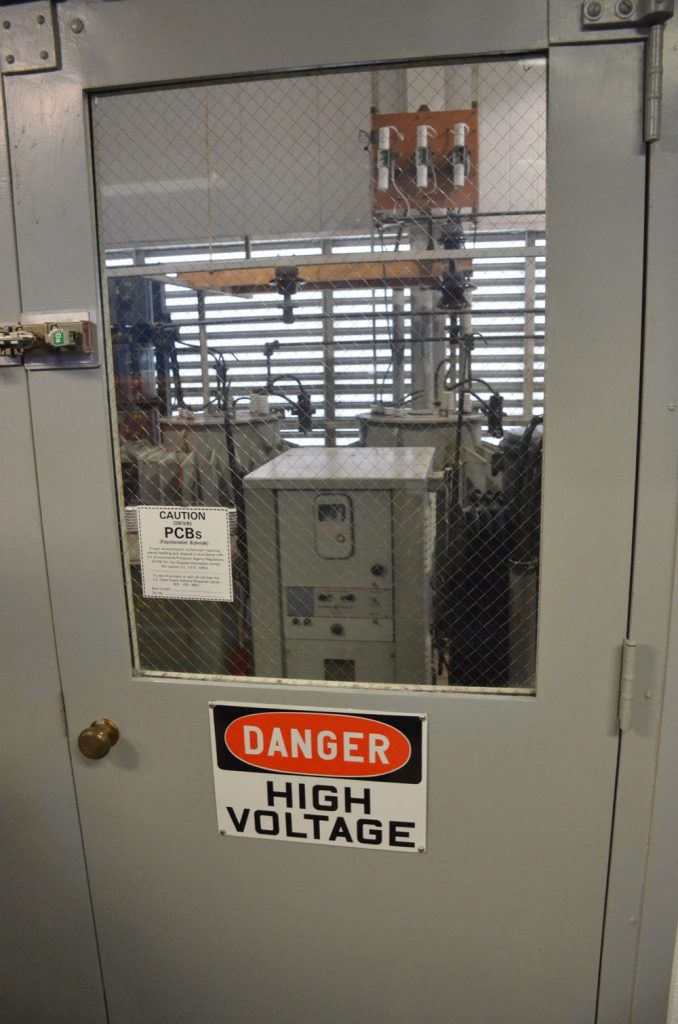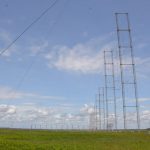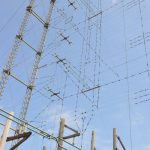Yesterday, I posted a photo and asked if you guess where I was when I took the shot.
Those of you who guessed the Edward R. Murrow Transmitting Station (formerly, “VOA Site B”) near Greenville, North Carolina, were absolutely correct!
My buddy, John Figliozzi, gave a presentation about NASWA and the Winter SWL Fest at the NASB (National Association of Shortwave Broadcasters) which was held in the Raleigh area, May 9th and 10th. Due to a conflict, I was not able to attend the NASB meeting this year, but I did arrive at the conference hotel late Thursday where I met a handful of attendees. I had previously invited John to join me on the station tour, and he was quite happy to do so!
Macon Dail (WB4PMQ), the transmitting station’s Gold Medal award-winning Chief Engineer, made time to give us a tour Friday, May 10, 2019.
And now, on to the photo tour of this remarkable facility. My inclination is to caption each photo…but I know if I attempt this, I won’t post this gallery for several months! Instead, I’ll roughly divide the photos by the various sections of the site. Note, however, that there are more than one hundred photos in this detailed post––to decrease its length, some of the photos have been placed in clickable thumbnail galleries. Those of you who receive the SWLing Post as an email digest, I would strongly encourage you to view this post directly on our website, so all of the gallery images will appear.
Enjoy!
Station entrance, lobby, and library

In this photo, Macon is showing John one of the notebooks, which is chock-full of reception reports from listeners. This notebook, as you can see, is prominently displayed in the front lobby.

In a mezzanine above the control room, there is a space that houses a library, a presentation/classroom area, and even a small workout/fitness room.
Control room
Transmitters
Installing new transmitters
Macon and his team are in the process of installing modern transmitters sent from other IBB sites. As you might imagine, this is a tedious process, and requires highly-skilled technicians.

Power
Antenna switching bay and feed lines

In this photo, we’re looking straight down a 50 kW feed line in conduit which leads to the switching bay. Normally, this would not be accessible, but this line is being built for a new transmitter.
Antenna farm
- Curtain Antennas at VOA Site B: Greenville, North Carolina.
- Curtain Antennas at the Edward R. Murrow Transitting Site.
View from the observation tower
Wow, what a tour…
John and I enjoyed our in-depth tour of the Edward R. Murrow Transmitting Station! The staff, as always, were incredibly welcoming and accommodating.
I believe this was my fourth tour; nonetheless, I still discovered new things, and it’s no wonder. The staff of the station are constantly upgrading, updating, and tweaking the performance of their equipment. This is the reason their signals are always full-fidelity and crystal-clear on the air.
I’m simply amazed by all they accomplish. Keeping this station running is certainly a labor of love.
Of course, this won’t be my last visit to the station. I fully intend to return, if not later this year, at least next, to check out the new transmitters in operation. Stay tuned! To this active VOA station.
Click here to read an article about my first visit to the Murrow Transmitting Station.
Do you enjoy the SWLing Post?
Please consider supporting us via Patreon or our Coffee Fund!
Your support makes articles like this one possible. Thank you!






